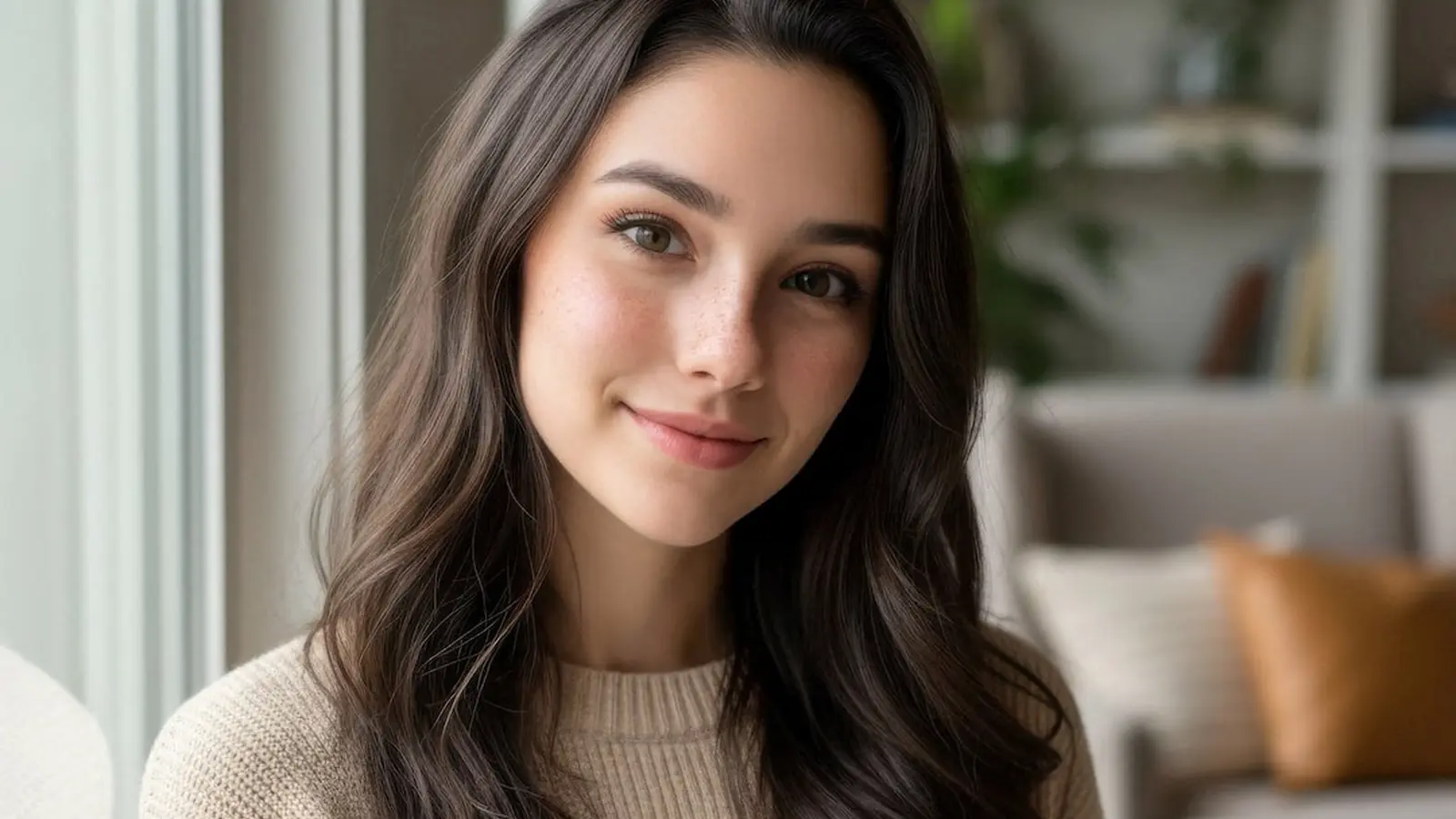5 Minutes
When an AI 'actor' becomes a headline
The entertainment world woke this week to a renewed debate: can a computer-generated performer be treated like a human actor? The UK actors and performers union Equity has publicly joined the chorus of concern over Tilly Norwood, an AI-generated actress soft-launched across TikTok, Instagram and YouTube by technologist-producer Eline Van der Velden. Reports that talent agents were exploring representation for the digital persona turned a niche tech experiment into an industry flashpoint.
Equity General Secretary Paul W. Fleming framed the issue bluntly: the creation of such characters is "fundamentally disconnected from the craft of acting" and lacks the human "soul" that audiences seek. The union’s reaction reflects wider anxieties from performers, crews and unions — including SAG-AFTRA in the U.S. — about how AI in film and TV might affect livelihoods, credit and creative ownership.
Beyond outrage: data, consent and the origins of digital likeness
At the heart of Equity’s objection is provenance. Modern generative tools are trained on vast data sets — often assembled from film, television and online footage — and the original sources can become obscured as models iterate. Fleming and others worry that performances and likenesses are being repurposed without informed consent. Equity has asked producers and platforms to clarify how input data are collected and used, pointing to GDPR and other regulatory levers to demand transparency.
This isn’t an entirely new fight. After the 2023 actors strike, unions won protections aimed at preventing unauthorized replication of performers’ likenesses. But a new generation of AI studios and "virtual talents" — companies soft-launching characters or monetizing synthetic performers — have reopened the question of where legal protections end and creative experimentation begins.
Industry reaction and cultural context
High-profile actors from Melissa Barrera and Kiersey Clemons to Whoopi Goldberg and Emily Blunt have voiced skepticism. Hollywood’s actors union SAG-AFTRA echoed a familiar line: it is opposed to replacing human performers with synthetics. The friction recalls earlier debates around digital resurrection in cinema (for instance, the posthumous CG likenesses used in films), and the rise of virtual influencers like Lil Miquela — digital personalities that build social followings, brand deals and cultural buzz without a human face behind every post.

Talent agents chasing AI-generated characters is also an indicator of changing market incentives. Representation typically exists to develop careers, secure jobs and negotiate compensation — but who collects residuals when the performer is an algorithm? Who signs off on brand deals? These questions shift industry norms and business models.
A comparison worth noting
Where Tilly Norwood differs from earlier digital effects is scale and interactivity. Unlike a CG character that is explicitly credited as VFX work, generative AI performers can appear as autonomous social-media personalities, learn from interactions, and be marketed as "artists." That blurs lines between advertising, entertainment, and technology in ways we haven’t fully legislated.
"We are witnessing a turning point in screen culture," says film critic Anna Kovacs. "AI-driven characters force us to reconsider what acting means — not just mimicry or likeness, but the collaborative, embodied labour that creates performance. The industry must protect that craft while exploring new forms of storytelling."
Behind the avatar: Particle 6, Xicoia and the soft launch
Van der Velden operates through Particle 6 and a new AI talent studio, Xicoia. Her defense has been creative: she frames Tilly Norwood as a piece of art rather than a replacement for human performers. The soft launch strategy — building an online presence before courting representation — mirrors how indie creators test concepts on social platforms, but the ethical stakes are different when the "creator" is a predictive model trained on human work.
Fans and commentators have split between fascination and unease. Some see experimental AI characters as a new genre of digital performance art that could expand narrative possibilities. Others, including many working actors, view them as a technological shortcut that risks devaluing skill, experience and the communal nature of filmmaking.
What comes next?
Expect legal and creative ripples. Unions will likely press for stricter disclosure rules and contractual protections. Producers and platforms may adopt clearer labelling for synthetic performers. Meanwhile, audiences will decide whether they care if their favourite "actor" is a human being or a sophisticated simulation — and whether authenticity still matters in cinema and streaming culture.
This debate sits at the intersection of technology, labour and art. The conversation around Tilly Norwood is far more than a personality story; it’s a test case for how film and TV will adapt to AI, and whether the industry can balance innovation with respect for the craft of acting.
Source: deadline


Leave a Comment